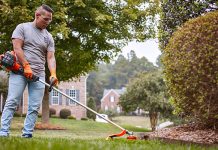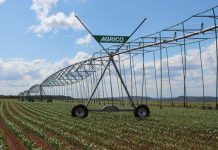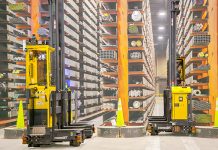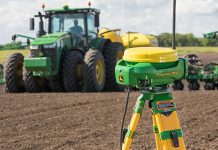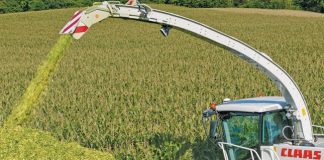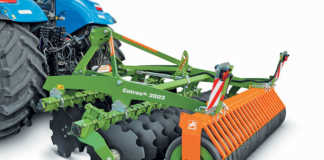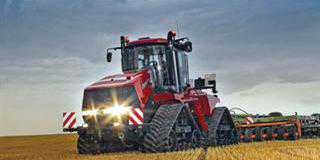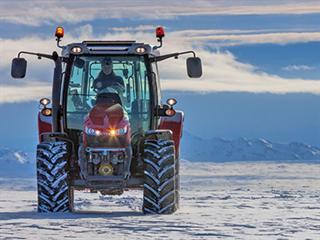
The three Vaaljapies weren’t actually supposed to go all the way. That they became the first motor vehicles to reach the South Pole was down to Kiwi pluck (some would say ‘cheek’).
How it happened
The goal of the 1955-1958 Commonwealth Trans-Antarctic Expedition (CTAE) was to complete the first overland crossing of Antarctica, via the South Pole. It was led by British explorer Dr Vivian Fuchs, with New Zealand’s Sir Edmund Hillary in charge of the all-Kiwi Ross Sea support team. Not since Amundsen in 1911 and Scott in 1912 had anyone reached the South Pole overland, and the CTAE intended to be the first using motor vehicles.
In the summer of 1955/1956, Fuchs sailed with an advance party from London to Antarctica in the Canadian sealer Theron to establish Shackleton Base near Vahsel Bay on the Weddell Sea, which would serve as the CTAE’s starting point. The following summer was spent establishing the smaller South Ice Base, 480km inland to the south. After spending the winter of 1957 at Shackleton Base, Fuchs set out for the Pole in November, with a 12-man team in six vehicles – three Sno-Cats, two Weasels and one specially adapted Muskeg tractor.
Faithful fergusons Meanwhile, Hillary and his team, comprising Ron Balham, Peter Mulgrew and Murray Ellis, set up Scott Base – which was to be Fuchs’s final destination – on the opposite side of the continent at McMurdo Sound on the Ross Sea. They then lay a line of supply depots up the Skelton Glacier and across the Polar Plateau towards the Pole, for Fuchs to use on the final leg.
The New Zealanders travelled in three Ferguson TE20 (Vaaljapie) tractors. Each was fitted with an extra wheel on either side, and full tracks. Painted red for better visibility, the tractors had windshields and canvas screens, but no roof. Two pulled a sledge each and the third a caboose that served as the party’s living quarters.
Seize the day
After laying the last of the depots, Hillary realised that he could beat the British to the Pole, and pushed on southwards, even though it was not part of the plan. Doubtless, the performance of the Vaaljapies played no small part in his decision. The New Zealanders reached the Pole – where the USA Amundsen-Scott Station had recently been built using airlifted material –
on 3 January, 1958.
“I was swept into a confusion of congratulations, photographs and questions, and then led off by friendly hands towards the warmth and fresh food of the Pole Station,” Hillary would later recall. “But before I descended underground, I took a last glance at our tractor train – the three farm tractors, tilted over like hip-shot horses, looked lonely and neglected, like broken toys cast aside after playtime. Despite appearances, though, our Fergusons had brought us over 2 000km of snow and ice, crevasse and sastrugi, soft snow and blizzard to be the first vehicles to drive to the South Pole.”
Fuchs’s team reached the Pole from the opposite direction on 19 January. After a rest, they continued and reached Scott Base on 2 March, having completed the historic crossing of 3 473km of previously unexplored snow and ice in 99 days.
The tractors
Rear Admiral George Dufek, commander of the USA station at the Pole, struck a deal with Hillary. He would arrange to fly the Kiwis back to McMurdo Sound in exchange for the tractors. One is now on display in Canterbury Museum in Christchurch, New Zealand, and another is in the Massey Ferguson Technology Centre in Beauvais, France. In addition, a Ferguson TE20 can be seen on the NZ$5 note. The tractor is also depicted on a NZ$1,50 postage stamp – one of five commemorating the
life of Sir Edmund – issued in 2008.
The 2014 expedition
To emulate the 1958 achievement of Sir Edmund Hillary and his team, Massey Ferguson is planning to send one of its MF 5600 tractors to the Pole in 2014. The lead driver will be Manon Ossevoort, known as the ‘Tractor Lady’. International experts have been engaged to assist with planning the expedition and trials have been conducted in Iceland and Northern Canada.
Training includes simulating problems that the team will encounter. “Massey Ferguson is proud to be involved in this great adventure,” says Campbell Scott, Massey Ferguson’s brand development manager. “The project is part of our heritage and follows in the tractor tracks of Sir Edmund Hillary.”


